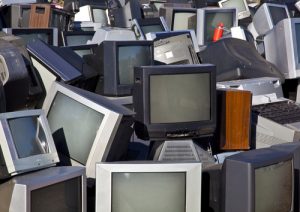 TVs dominate the end-of-life stream in Washington state now more than ever. They just don’t look like they used to, with fewer CRT devices and more flat-panel displays coming in the door.
TVs dominate the end-of-life stream in Washington state now more than ever. They just don’t look like they used to, with fewer CRT devices and more flat-panel displays coming in the door.

 TVs dominate the end-of-life stream in Washington state now more than ever. They just don’t look like they used to, with fewer CRT devices and more flat-panel displays coming in the door.
TVs dominate the end-of-life stream in Washington state now more than ever. They just don’t look like they used to, with fewer CRT devices and more flat-panel displays coming in the door.
 Apple’s release of the iPhone 7 and the more advanced iPhone 7 Plus last September pushed consumers to let go of earlier models. Analysis from one industry firm shows how pricing for used phones has played out since then.
Apple’s release of the iPhone 7 and the more advanced iPhone 7 Plus last September pushed consumers to let go of earlier models. Analysis from one industry firm shows how pricing for used phones has played out since then.
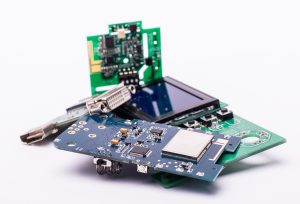 A fertilizer and silver producer has begun processing scrap printed circuit boards to isolate precious metals.
A fertilizer and silver producer has begun processing scrap printed circuit boards to isolate precious metals.
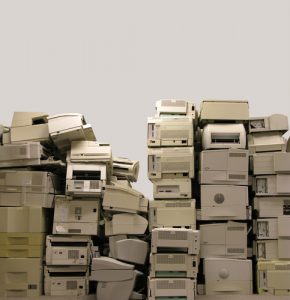 A manufacturer has been recognized for its process that uses 100 percent post-consumer plastics from e-scrap, as well as packaging and textiles, sourced from recycling companies across the U.S.
A manufacturer has been recognized for its process that uses 100 percent post-consumer plastics from e-scrap, as well as packaging and textiles, sourced from recycling companies across the U.S.
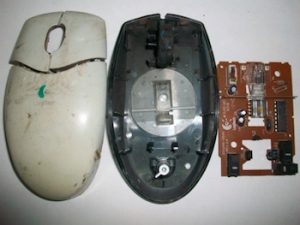 If melting items can help combine different materials, exposing them to ultra-low temperatures can keep them apart. That’s the idea behind a new technique for separating different materials in shredded e-scrap.
If melting items can help combine different materials, exposing them to ultra-low temperatures can keep them apart. That’s the idea behind a new technique for separating different materials in shredded e-scrap.
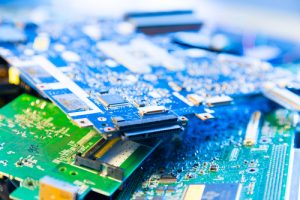 A jewelry and precious metals seller has signed a letter of intent to acquire Elemetal Recycling for nearly $20 million.
A jewelry and precious metals seller has signed a letter of intent to acquire Elemetal Recycling for nearly $20 million.
 Consumers in China hold onto their old mobile phones for an average of two years after replacing them, and flame retardants in e-plastics show up in recycled products.
Consumers in China hold onto their old mobile phones for an average of two years after replacing them, and flame retardants in e-plastics show up in recycled products.
 An expert outlines the small-business benefits of buying used devices, and a massive recycling facility is scheduled to come on-line in the Middle East this year.
An expert outlines the small-business benefits of buying used devices, and a massive recycling facility is scheduled to come on-line in the Middle East this year.
 A magazine profile explores the right-to-repair debate, and a report points to new devices that are out of compliance with EPEAT’s e-plastics labeling standards.
A magazine profile explores the right-to-repair debate, and a report points to new devices that are out of compliance with EPEAT’s e-plastics labeling standards.
 E-Scrap News readers in April were drawn to stories about conflicts between e-scrap processors and government agencies on both sides of the country.
E-Scrap News readers in April were drawn to stories about conflicts between e-scrap processors and government agencies on both sides of the country.
